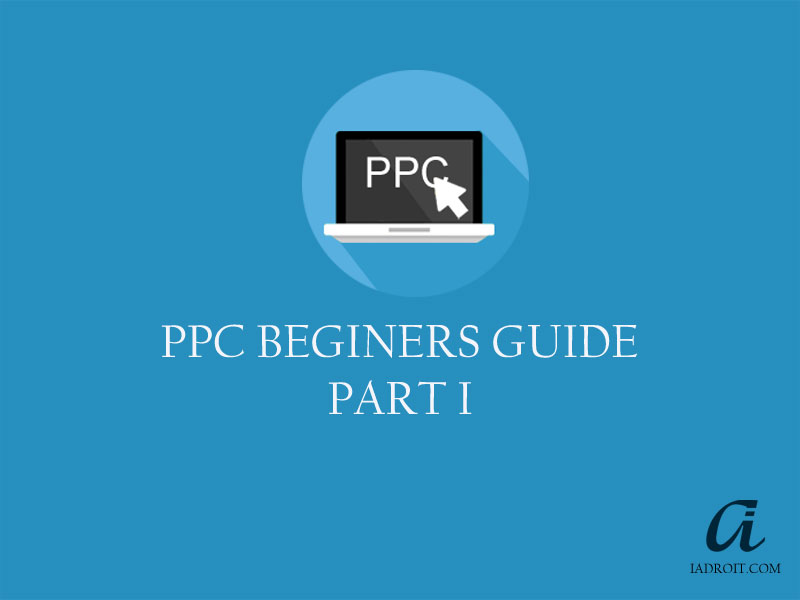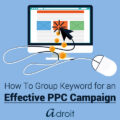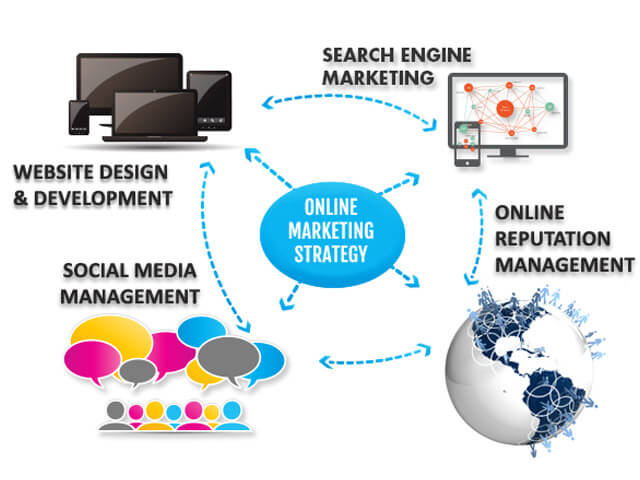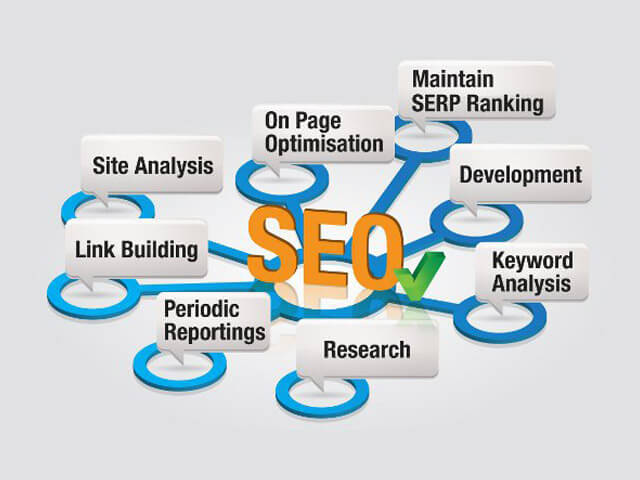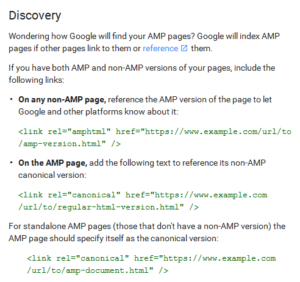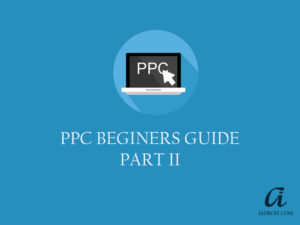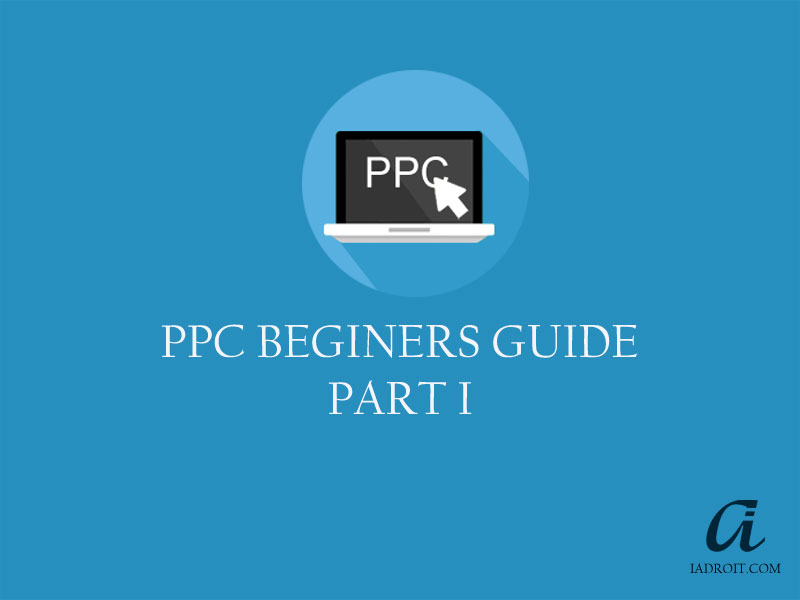
PPC Advertising for Beginners
PPC is a subject that is very relevant (and confusing) to beginners in SEOs and webmasters who are responsible for their own online marketing. The audience for today’s post are beginners in PPC Ads and small business owners, entrepreneurs, who are self taught in Google SEO, and are trying to learn the ropes of affordable online marketing through PPC.
What is PPC?
PPC, if you are new to it, is tricky – but is one of the most reliable and commonly used sources of paid lead generation, advertising and lead conversion – that is, if done right. That said, let’s now head straight to what are the first things to know about PPC question.
You will now come across a few terminologies related to PPC Ads. Here’s a quick glossary of terms for the uninitiated:-
PPC – Pay Per Click – the channel of advertising through Google Adwords.
CPC – Cost per click – You bid, what you pay Google for each time a visitor clicks your ad.
CPA – Cost per acquisition – the average cost of acquiring per customer (based on the CPC divided by the number of sales).
CTR – Click Through Rate – the rate at which an ad is clicked against the number of times the ad is displayed.
vCPM – Cost per Thousand Viewable Impressions – what you pay for 1000 times your ad is displayed and viewable. We will learn about this more in the second part of this Guide.
CPV – Cost per View – what you pay per video ads viewed
CTA – Call to action
Advertising Goals
You might want to advertise with Google to achieve a variety of goals. Most users focus on impressions, clicks, views and conversion. Focusing on your goal will help you to decide how to bid and accordingly design your ad in a manner that improves your ad quality.
Here’s a goal setting guide beginners can follow, as advised by Google:
Your Goal Action
Traffic CPC
Brand Awareness (no CTA) vCPM
Conversion (Any Call to Action) CPA
Views (For video Ads) CPV
For conversion, its recommended that you use Google’s Conversion Tracking in Analytics to track the activity of users post clicks to your site, and whether the leads convert to a sale/successful call to action. Learn more about Bidding here.
So how does the Bid Auction work?
Every time there is a query searched on Google, an auction takes place to allot the ad space to the most appropriate and relevant ads during that moment in time to appear on the search result. The relevance is judged on factors like keyword matching with the user’s search terms, search intent among others.
Unlike a real auction where the only criterion is the highest bid, Google considers what they call the secondary price auction to determine the actual CPC. While your bid amount is the highest you will ever possibly spend, you will often pay lesser with better quality ads. In effect, the secondary price auction means an advertiser pays the amount of the next highest bidder in queue. In other words, you will pay just enough to beat the second highest bidder or your competition to retain your ad position.
You pay Google only when you receive a click, not for displaying an ad. And they keep changing as per query, device, location etc.
So now comes the next big question – What factors determine Ad positions in PPC?
Ad positions are not just based on bids we have learnt. In order to present appropriate ads to a qualified audience, there are other ranking factors that determine the ad positions on AdWords.
The following factors, besides the CPC bid, determine the ad position:
- Expected Click Through Rate of the Ad (This is Google’s assumptions of CTR of the ad driven by user feedback through past CTR trends)
- Landing page of the ad
What should a highly relevant landing page look like?
- Relevant and original content
- easily navigable
- you should be transparent about the nature of your business
- how your site interacts with the visitors computer
- how you intend to use visitors personal information
- Ad relevance – read Keywords, language
- Ad formats – text, video, rich snippets etc.
What are ad formats?
Ad formats are enhancements to search ads that more prominently show users information about the business, basically rich snippets like ph no, work hours, domain, ad headline. These give users more reason to click on a ad. To know more about how to choose the right Ad format for Adwords, or what are the available ad formats, refer to this link.
The collective quotient of the above factors determine an Ad Rank. The higher the ad rank, the better its chances of being displayed, including an impact on its display rank/position. This multi tier ranking process ensures that it is fair for both users and advertisers – users receive the most appropriate ads that they may be interested in, and advertisers get to target the most qualified audience and preventing unqualified/invalid clicks.
Note that some ads may not attain the minimum ad rank for a certain search query and hence some queries may not show any ads at all. Also, the minimum ad rank required to feature above the organic search results on the Search Network* is higher than the ad space beside the organic results. Therefore, if your ad is displayed above the search results, then you are likely to be paying more than usual even if there are no other ads or competition below you (never more the your bid), but again that is a coveted ad position because it generates a higher CTR.
*Search Network refers to all Google and non-Google search partners where AdWords ads can appear.
If we understand that a CPC bid alone does not decide the fate of an ad, we realize that an ad with lower bid can be on top of the competition than the higher bidding ads, owing to the quality of the ad.
How can advertisers influence CPC and ranking in the Ad auction? By offering the following values-
- Better Ad quality
- Adding ad formats
By improving the above two factors over his competitors, an advertiser can move up in the ad rank, and end up paying lesser for his ads (lower CPC). The process further prevents marketers paying their way up to the search page although they are unrelated to the user’s search for products or services).
Hope this helps. For the entire part of this Guide, I referred to several chapters of Google Support pages, so you do not have to hunt for the different topics. I particularly referred to this video by Hal Varian, Google’s chief economist.
There will be a second part to this guide which will be shortly published. It will address the advanced learning on how to advertise on AdWords. If there is anything in particular you need answered, write in the comments.
